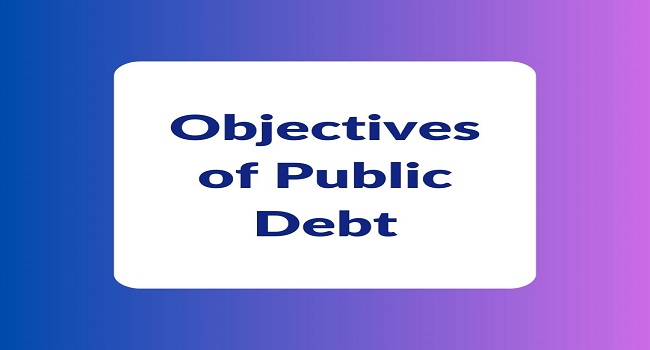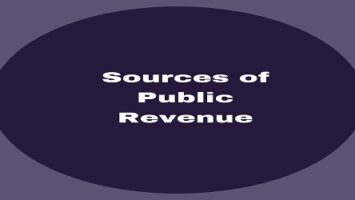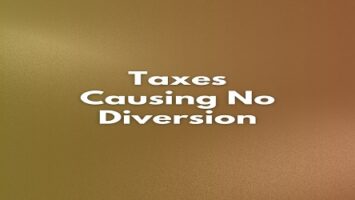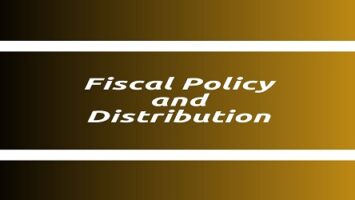What is Public Debt?
Public debt is the debt that the State owes to its subjects or to the nationals of other countries. Public debt arises due to borrowing by the government. The government may borrow from banks, business organizations, business houses, and individuals. The borrowings of the government may be within the country or from outside the country or both. The public debt is generally in the form of bonds (or treasury bills if the loans are required for a short period), which carry with them the promises of the government to pay interest, to the holders of these bonds at a stipulated rate of interest at regular intervals, or lump sum at the end, in addition to the principal which has to be repaid at the stated time.
Thus, Philip E. Taylor defines Public Debt as “The debt is in the form of promised by the Treasury to pay to the holders of these promises a principal sum and in most instances interest on that principal.”
Objectives of Public Debt:
(1) To Cover Budget Deficits- The aim of public debt is generally to fill up the gap between the proposed public expenditure and the revenue expected during that year, i.e., to cover budget deficits.
Whenever the income of the government falls short of its expenditure on account of increased administrative expenditure or to meet some unforeseen contingencies like floods, famines, earthquakes, epidemics, etc., the government may borrow money from internal as well as external sources. This is the income of the State over and above all taxes and revenue sources.
(2) Rapid Expansion in the State’s Function- There has been a rapid expansion in the State’s functions in modern times. This has led to rapid expansion in public expenditures. To meet the rising expenditure, the revenue obtained through taxation is not sufficient. The imposition of additional taxes or raising the rates of existing taxes beyond the taxable capacity may have undesirable effects on the economic activities of the country.
Therefore, modern governments have been frequently resorting to extensive borrowing to meet their expanding expenditures on various activities.
(3) In times of Depression- Depression is a condition of falling prices, lack of entrepreneurship, and no hope for the profits in future. This situation may be removed, if the demand for goods and services is increased. This can be done by increasing the public expenditure on public works or on the construction of infrastructure in the country. But public expenditure can be increased if revenue is increased. And revenue cannot be increased by way of taxation in times of depression as it may have adverse effects on incentives to work and invest and decrease effective demand. Hence, the government should resort to borrowings, especially from banks to finance public investments and to increase employment and income, and this will also increase effective demand. Thus, falling prices may be checked, and the government may be able to lift the depressed economy to recovery and lead to prosperity.
(4) To Curb Inflation- Inflation is a condition of rising prices. Hence, the government, by raising debt, can withdraw a large volume of purchasing power from the people, and thus, it may check prices from rising. However, modern economists feel that taxation would be a better anti-inflationary measure as compared to public debt, as money received through public borrowing increased the liability of the government for its repayment if it is not used for productive purposes. But the surplus tax revenue can vary easily be left idle in the State treasury to curb inflationary pressure in the economy.
Thus, the purpose of borrowings may not always be for obtaining revenue only, it may be for influencing aggregate demand, i.e., to influence the investment and consumption expenditures for maintaining stability in the economy.
(5) To Finance Development Plan- An underdeveloped economy always suffers from a shortage of funds. The government also cannot resort to heavy taxation because of low taxable capacity. But to remove the poverty of the country, and for breaking the vicious circles of poverty, the financing of development plans is of utmost importance. Hence, under such circumstances, public loans are the only way out. Hence, the governments of underdeveloped countries resort to public borrowing from the people or from governments, and individuals of foreign countries or both to finance huge developmental expenditures of their countries so as to make necessary preconditions for take off.
These conditions include structural changes in institutions and attitudes, the creation of social and economic overheads, capital, and a substantial increase in agricultural and industrial production, etc.
(6) To Finance Public Enterprises- The government borrows for financing commercial enterprises run by the government. These are generally productive enterprises and to run them efficiently is the responsibility of the government.
They may be established for the satisfaction of collective and merit wants such as defense, internal security, education, health and hygiene, etc. For the production of some of them, huge financial resources are required. Taxation alone may not provide sufficient resources for the purpose. Hence, public borrowing is required.
(7) Creation of Social Overhead Capital- There are certain industries that provide external economies to other industries, i.e., the creation of overhead capital benefits. Social overhead capital is a prerequisite of any systematic development process. However, in spite of the large social gain, such investments are less attractive to private investment. They should, therefore, be started essentially in the public sector. For this purpose, the government would require resources that can be effected through borrowings.
(8) To have better Allocation of Resources- If the existing level of resources in the economy is not at an optimum level, the government may act to avoid the misallocation of resources. For instance, monopoly or monopolistic competition generally leads misallocation of resources. The Government may like to set right such allocation of resources either by taking over the monopolist firm or by encouraging the entry of other firms. Such firms may be provided long-term finance which government itself may obtain through borrowing.
(9) Expansion of Education and Health Services- Government also borrows for the creation and expansion of education and health services and likes, which improve the efficiency of the people and hence the general social well bring, but they yield no direct financial return or they are not productive in terms of money.
(10) To Finance War- The government may borrow for defense purposes. In this age of atomic warfare and increasing international tension, a country needs large funds to maintain its defense services and up-to-date equipment to protect itself from foreign aggression. However, modern wars are difficult to be financed by taxation alone; as heavy taxation may adversely affect production. Hence government may resort to public borrowings from within the country as well as from outside the country to finance wars.









Comments (No)